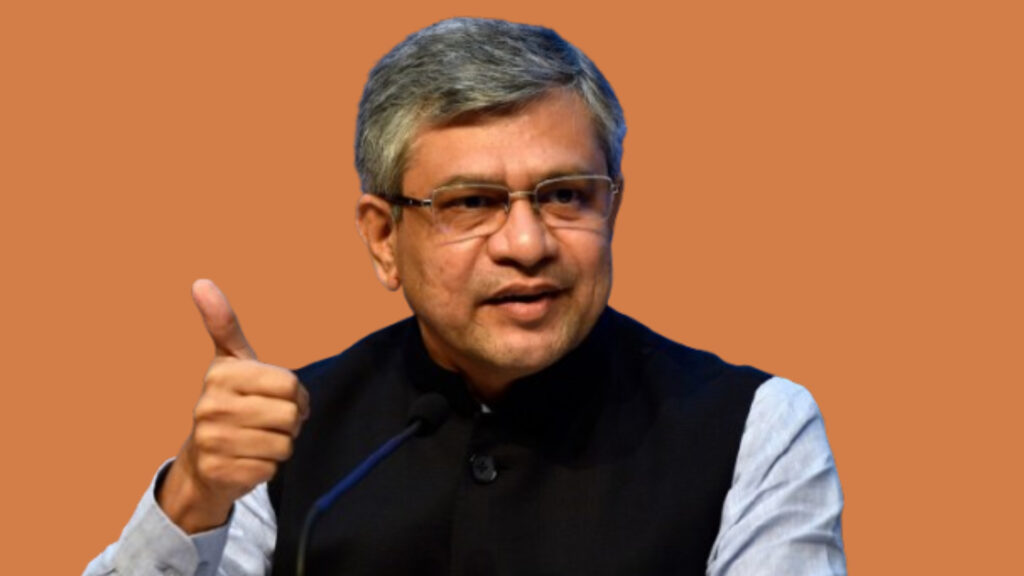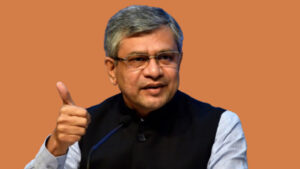Banks Are Investing in These 5 Funds Instead of Lending Money—Why?
Banks are investing in these funds instead of lending the money, and this trend is reshaping the Indian financial ecosystem as we head into 2025. What once seemed counterintuitive is now gaining traction for several pragmatic reasons. Over the past year, banks have shifted a significant portion of their capital away from traditional lending and toward mutual funds and other investment vehicles. This shift has sparked debates and speculation across markets, regulators, and retail investors alike.
But why exactly are banks choosing investment funds over lending? And what are the implications for the economy, investors, and banking stability? This comprehensive article dives deep into this evolving phenomenon, enriched by fresh data and carefully analysed perspectives.
Understanding the Shift: Banks Are Investing in These Funds Instead of Lending the Money
Traditionally, banks have played a clear role: take deposits, then lend them out to businesses, individuals, and the government. This lending spurs economic growth and generates interest income for banks. However, in recent times, this model has experienced significant stress. Several factors have nudged banks to explore alternative avenues for deploying their funds — most notably investing in mutual funds and other securities.
Why is this happening now? Here are the primary drivers:
- Muted Deposit Growth: Deposit growth in banks has slowed down noticeably against rising lending demand.
- Regulatory Environment: Enhanced capital adequacy norms and risk-weighted asset (RWA) frameworks are making lending more expensive and less attractive.
- Risk Aversion: Banks remain cautious post-pandemic and amidst global uncertainties, avoiding risky lending segments.
- Attractive Returns: Certain mutual funds, especially debt and hybrid funds, are offering stable returns with relatively low risk.
- Liquidity Management: Funds provide better short-to-medium term liquidity options, unlike traditional loans locked in for several years.
What Funds Are Banks Investing In?
The question on everyone’s mind is: Which funds are attracting bank investments? Drawing on recent market reports and regulatory disclosures, it becomes clear that banks are mostly channeling funds into these five prominent categories:
- Debt Mutual Funds: Short and medium-term debt funds offering steady yields with moderate risk.
- Liquid Funds: Ultra-safe, short-duration funds useful for liquidity management.
- Hybrid Funds: Combining debt and equity exposure, offering balanced growth and safety.
- Government Securities (G-Secs) Funds: Highly secure investments backed by sovereign guarantees.
- Index and Exchange-Traded Funds (ETFs): Low-cost, passive funds providing diversified market exposure.
Banks are investing in these funds instead of lending the money because these options present a combination of safety, liquidity, and reasonable returns, which lending may not guarantee in the current economic climate.
Digging Deeper: The Nuances Behind Bank Investments in Mutual Funds
This trend goes beyond simple risk management. Several nuanced aspects illuminate why this structural shift is occurring:
1. Economic and Credit Cycle Considerations
Lending is inherently tied to the economic cycle. As we witnessed in recent years, sluggish growth, inflation pressure, and sector-specific stress (such as in real estate and NBFCs) prompted banks to tighten credit. In such conditions, Banks Are Investing in government-backed or high-quality debt funds is safer and more predictable.
2. Regulatory Pressures and Capital Requirements
- Basel III Norms: Stricter capital adequacy requirements push banks to minimize risky exposures.
- Risk-Weighted Assets: Loans to certain sectors require higher capital buffers, reducing lending incentives.
- Liquidity Coverage Ratios (LCR): Banks must maintain high-quality liquid assets, which mutual funds and government securities can fulfill.
Therefore, mutual funds and government securities emerge as more capital-efficient instruments.
3. Competition with Mutual Funds for Retail Deposits
Interestingly, mutual funds and banks are often competitors for retail investors’ savings. Yet, banks are now investing into mutual fund schemes themselves. This dual role indicates a shift in how banks perceive asset allocation—balancing retail deposit-taking and channeling funds into professionally managed, diversified portfolios.
You might also like: Madras HC
The Impact of Banks’ Investment Shift on Various Stakeholders
This paradigm shift is not happening in isolation. It influences multiple layers of the financial ecosystem.
Effect on the Banking Sector
- Reduced Lending Growth: Banks lending growth slows down since they find better risk-adjusted returns elsewhere.
- Stable Asset Quality: Lower fixed loan exposures translate into lesser non-performing assets (NPAs) risk in the short term.
- Profitability Dynamics: Fee income and investment gains can offset reduced interest income from loans.
Effect on Borrowers
Slower credit growth means:
- Business Funding Challenges: Small and mid-sized businesses may find it harder to access loans.
- Higher Cost of Capital: Scarcity of Banks Are Investing funds from banks can push borrowers toward costlier NBFC credit or alternative funding routes.
Effect on Investors
For investors, increased bank participation in mutual funds can lead to:
- Higher Stability in Fund Flows: Mutual funds enjoying large institutional backing imply steadier inflows.
- Potential Shift in Yield Profiles: Institutional-sized investments could influence fund management strategies.
Statistical Snapshot: How Big Is This Trend?
According to recent data from the Reserve Bank of India and AMFI:
- Bank investments in mutual funds grew by over 18% year-on-year in FY 2024-25.
- Short-duration debt and liquid funds absorbed the majority of these inflows—constituting nearly 60% of banks’ mutual fund portfolios.
- The credit growth of scheduled commercial banks decelerated to below 9% in early 2025, while mutual fund folios expanded at double-digit rates.
This data confirms that banks are diversifying Banks Are Investing their strategies amid changing financial and economic conditions.
Case Study: A Leading Bank’s Strategy in 2025
Take the example of a large private-sector bank in India. Facing marginal deposit growth and cautious lending environments, it increased its mutual fund investments by 25% in one fiscal year. This move helped it achieve:
- Higher yields on risk-adjusted capital than traditional lending portfolios.
- Improved liquidity management, enabling smoother operations during short-term market downturns.
- Diversification of income streams, reducing dependency on interest income.
This pragmatic pivot allowed the bank to maintain healthy capital ratios without compromising profitability.
What Does This Mean for the Future of Banking and Financial Markets?
Looking ahead, the trend of banks are investing in these funds instead of lending the money may continue, influenced by evolving market dynamics, regulatory frameworks, and economic cycles. Here are some projections and considerations:
- Hybrid Models Will Flourish: Banks will balance lending with strategic fund investments to optimise returns and risk.
- Innovative Financial Products: Co-branded or bank-partnered mutual funds might increase, marrying the trust of banks with the flexibility of funds.
- Policy Dialogues: Regulators may reconsider how banks’ investments and credit growth interrelate, ensuring systemic stability.
- Investor Education: As banks diversify, educating depositors and investors on these changes becomes vital for transparency.
A Paradigm Shift Rooted in Pragmatism and Prudence
The shift toward investing in mutual funds instead of direct lending is a multifaceted phenomenon. It reflects a blend of economic caution, regulatory pressures, and strategic optimisation. Banks are no longer mere intermediaries funneling deposits into loans; they are evolving into portfolio managers balancing risk, return, and liquidity with nuanced market awareness.
Banks are investing in these funds instead of lending the money not because they are abandoning their core mandate but because today’s financial landscape demands flexibility and prudence. This trend, while slowing credit growth momentarily, may contribute to greater financial stability and diversified banking models in the long term.
By understanding the layers behind this development, investors, borrowers, and policymakers can better navigate a transforming financial ecosystem. Keeping an eye on regulatory cues and market shifts will be crucial as we progress through 2025 and beyond.
Key Takeaways
- Banks are increasingly investing in debt, liquid, hybrid, government securities, and ETFs due to muted deposit growth and risk concerns.
- This shift balances regulatory capital needs, liquidity requirements, and return optimization.
- While lending growth slows, banks manage risks better and diversify income sources.
- The trend impacts borrowers, investors, and the broader financial stability ecosystem.
- Future banking models will likely blend traditional lending with strategic fund investments.
If you are an investor, keeping track of banks’ evolving portfolio strategies can provide clues on credit availability and market sentiments.
Stay informed, stay prepared.
Check out: Economic Times













